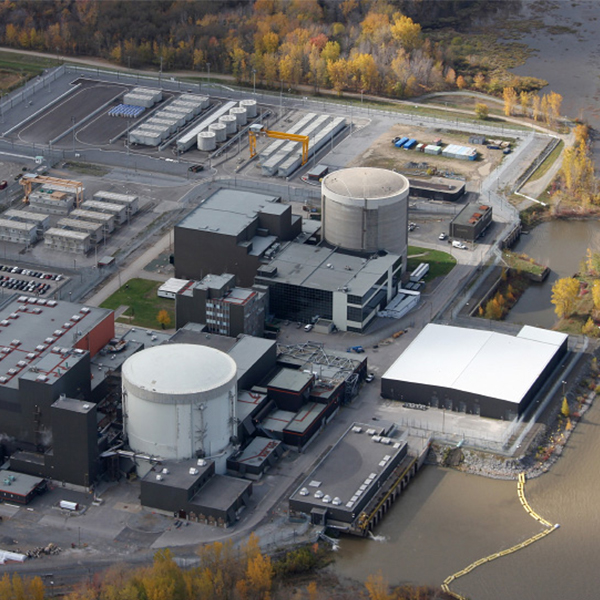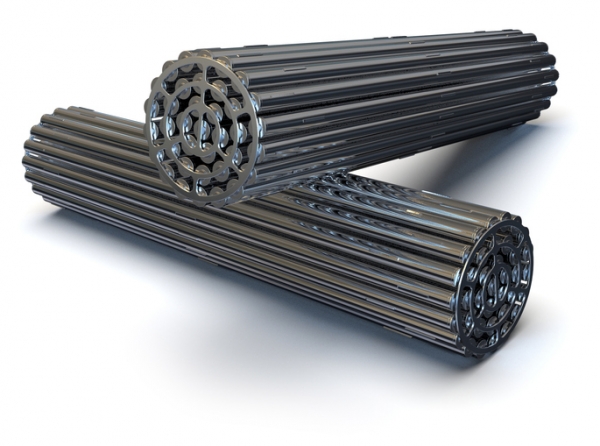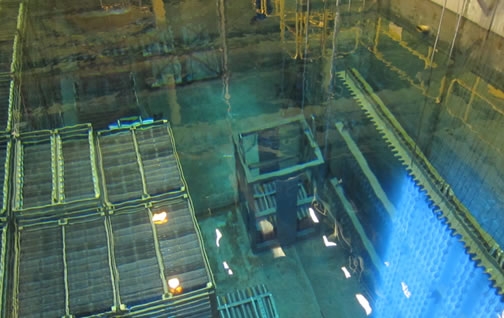Cleaning Up Nuclear Waste After Decommissioning

Gentilly-2 nuclear reactor (Axel Drainville [CC BY-NC 2.0], flickr)

Gentilly-2 nuclear reactor (Axel Drainville [CC BY-NC 2.0], flickr)
7.94
How does this align with my curriculum?
Curriculum Alignment
BC
10
Science Grade 10 (March 2018)
Big Idea: Energy is conserved and its transformation can affect living things and the environment.
YT
10
Science Grade 10 (British Columbia, June 2016)
Big Idea: Energy is conserved and its transformation can affect living things and the environment.

